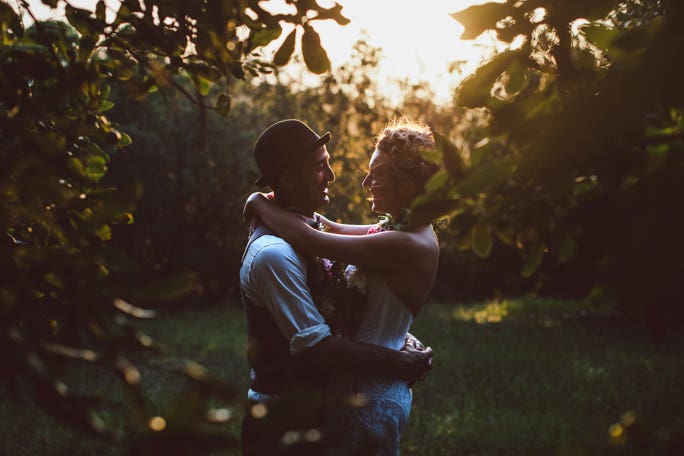Composing Using Photographic Design
Henri Cartier-Bresson talked of The Decisive Moment – the exact point at which an artist intuitively knows to click the shutter to capture a scene. As wedding photographers, we understand the crucial importance of being “in the moment” and capturing the expressions and emotions of a scene - but many great photographs involve more than that. The design of an image encourages us to connect further with the subject, using visual cues to help to tell more of the story.
At The Centre for Creative Photography in Adelaide, I was taught to spend time analysing the work of my favourite photographers to see why their pieces affected me. Was it simply the interesting character or scene being photographed that appealed to me, or was there more to it?
Listed below are a few of the design elements that helped create some of my recent “Hero Shots” (the most effective or favourite images from a shoot).
1. Frames Within the Frame
Shapes within the surroundings that form a “frame” around the subjects, emphasising the special nature of their relationship with each other (as though it was already a framed piece of art).


2. Shape or Pattern Repetition


Using shapes to mirror your couple is a fun and pleasing visual trick.
3. Leading Lines
Lines within the surroundings that draw the viewer’s eyes towards the most important part of the image – the faces of your couple.


4. Foreground/Background Relationship


Allowing the background of an image to have a connection with the foreground, rather than it simply being a backdrop. In this image we only see Kate’s back, and enough of her arm to know that she is waving to the stand-up paddle-boarder behind her – telling a lovely little story in one image.
5. Single Point Perspective
Placing your subjects in front of the single spot towards which the perspective of a room or scene is disappearing. This works similarly to using “Leading Lines” or “Frames Within a Frame” by focusing the viewer’s eye and giving the subjects a feeling of great importance.


6. Points of Light/Dark


Using a single point of lightness (or darkness) to immediately draw the viewer's eye to your subject and heighten the drama of a scene.
7. Negative Space
Allowing the subjects to only take up a small part of an otherwise plain frame – emphasising the sheer size of the world around them, and symbolising their future journey through that world together.


Next Post
My Top 5 Photo Destinations - Andrew Peacock
Previous Post
How to be a more efficient artist - Oli Sansom
